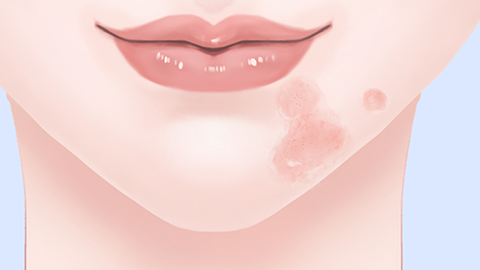Will a facial abrasion leave a scar?
Generally speaking, a scar refers to a cicatrix. Whether a facial abrasion will leave a scar depends on multiple factors. If the abrasion only affects the surface of the skin and prompt cleaning is performed, it typically does not leave a scar; however, if the abrasion penetrates deep into the skin and timely disinfection is not performed, it may result in a scar. A detailed explanation is as follows:

If the abrasion only involves the epidermis, especially the upper layer of the epidermis, or if the wound is immediately flushed with clean water or saline after the injury and then disinfected with iodophor to prevent infection, it usually heals completely without leaving a scar. This is because the epidermis has a strong regenerative capacity, and the basal layer cells can continuously divide and proliferate to aid in skin repair.
However, if the abrasion reaches the deeper layers of the epidermis or the dermis, the likelihood of scarring increases. The dermis contains abundant blood vessels, nerves, and connective tissues, and the healing process after injury may be more complex, making scar formation more likely. In addition, if the wound is not properly and promptly cleaned and disinfected, infection may occur. Infection prolongs the wound healing process and increases the risk of scar formation.
During the healing process, direct sunlight on the wound should be avoided to prevent post-inflammatory hyperpigmentation. It is also important to maintain a healthy diet, avoiding spicy and irritating foods while consuming more fresh fruits, vegetables, and protein-rich foods, which can aid in recovery and wound healing.









